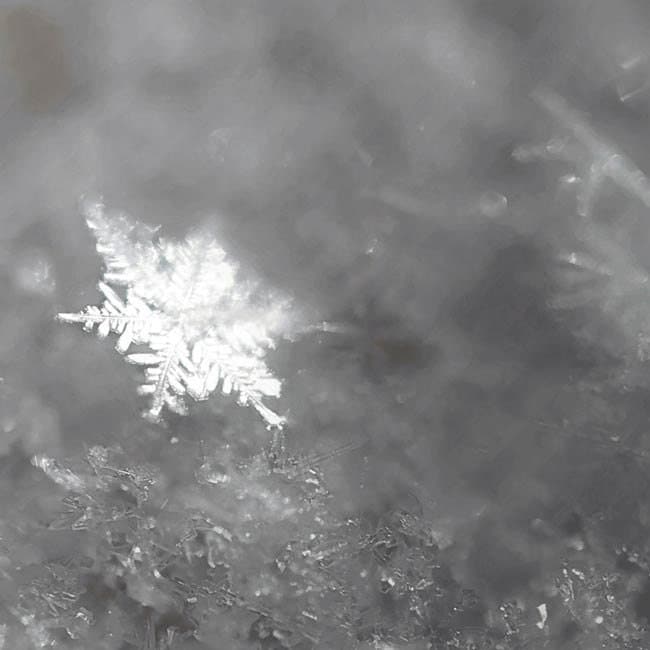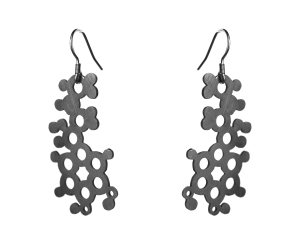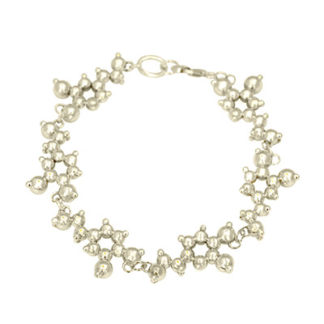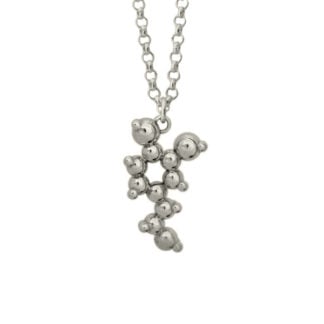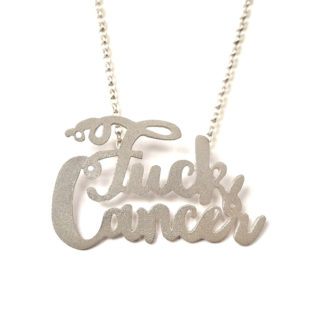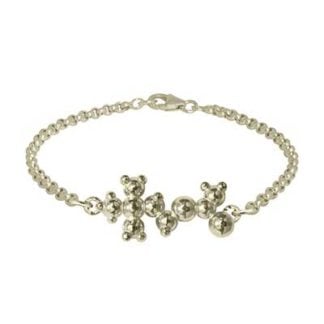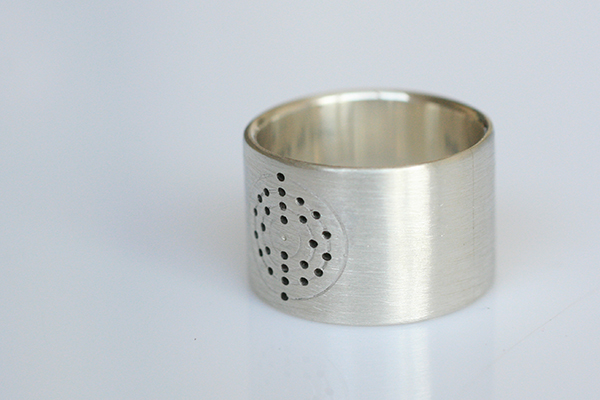
Iron – The 26th Element
As my readers and customers will know, I’m not a scientist by trade. I’m a jeweller. But science still fascinates me and I love to create commissions like this one.
My Customer
My customer wanted a special ring to give as a gift to her other half and asked me if I could somehow make a ring inspired by iron. It was to be a gift for a chemistry teacher named Felecia, who goes by ‘Fe’ for short. What a great idea for a chemist! Combine her name with an element.
I sent a few designs and we worked together to finalise it.
The Ring
The front of this ring shows the atomic structure of iron. Each of the 26 holes show the electrons and the engraved circles show the orbital rings. The dot in the center represents the nucleus.
There is an engraving on the inside of the band reading ‘that one’s all mine’.
Production
This ring was fun to make because it set me a bit of a challenge. Along with the usual cutting, drilling and soldering, I wanted to engrave the circles by hand, but in my mind they had to be perfect. After all, this is a scientific diagram, for a scientist and (unlike some of my other work) not really open to abstract ideas! After a few trial runs I was happy that I was going to be able to make them as I envisaged.
Feedback
”My experience was wonderful. Emily really worked to create my vision. She stuck in there as I changed my mind on the little details, and the ring was flawlessly executed, and looked and fit perfect. Fe loves it and hasn’t taken it off since Christmas. All her colleagues find it to be a perfect fit for her. I will definitely be commissioning another piece.” L.Sullivan
…
…
Want to commission your own piece? Contact me, I’m looking forward to working with you.







